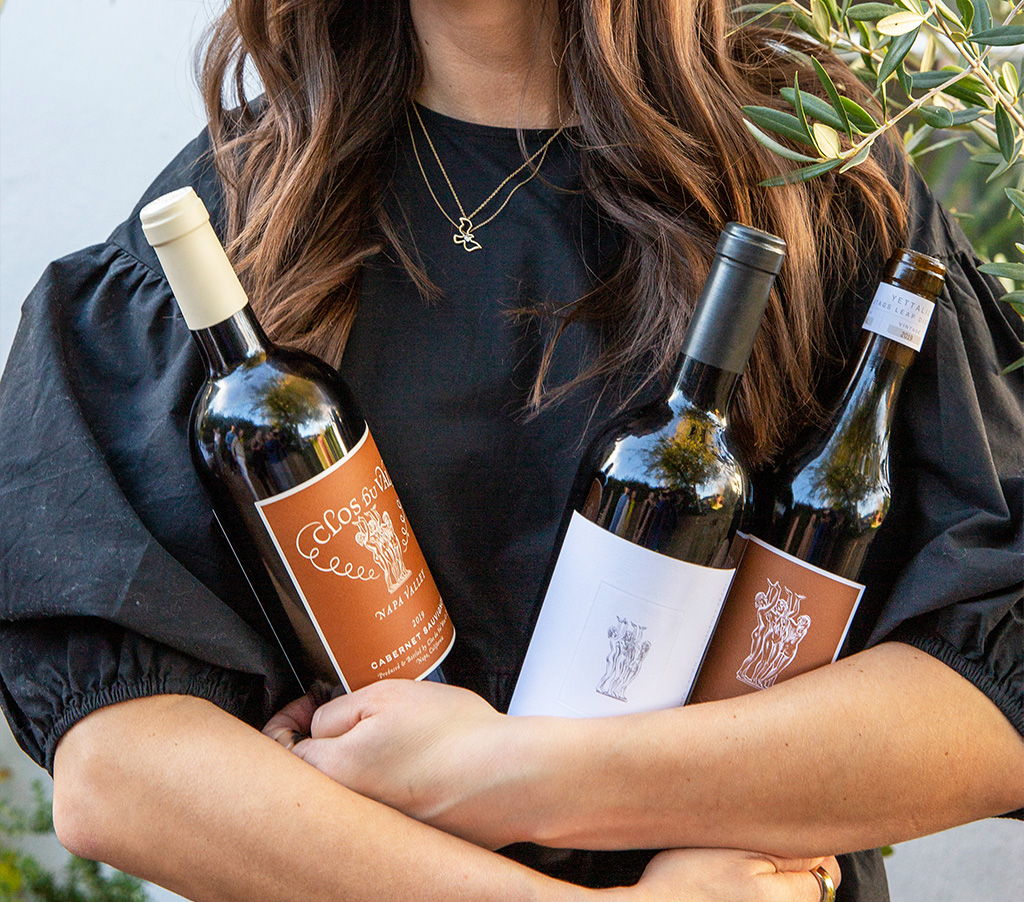
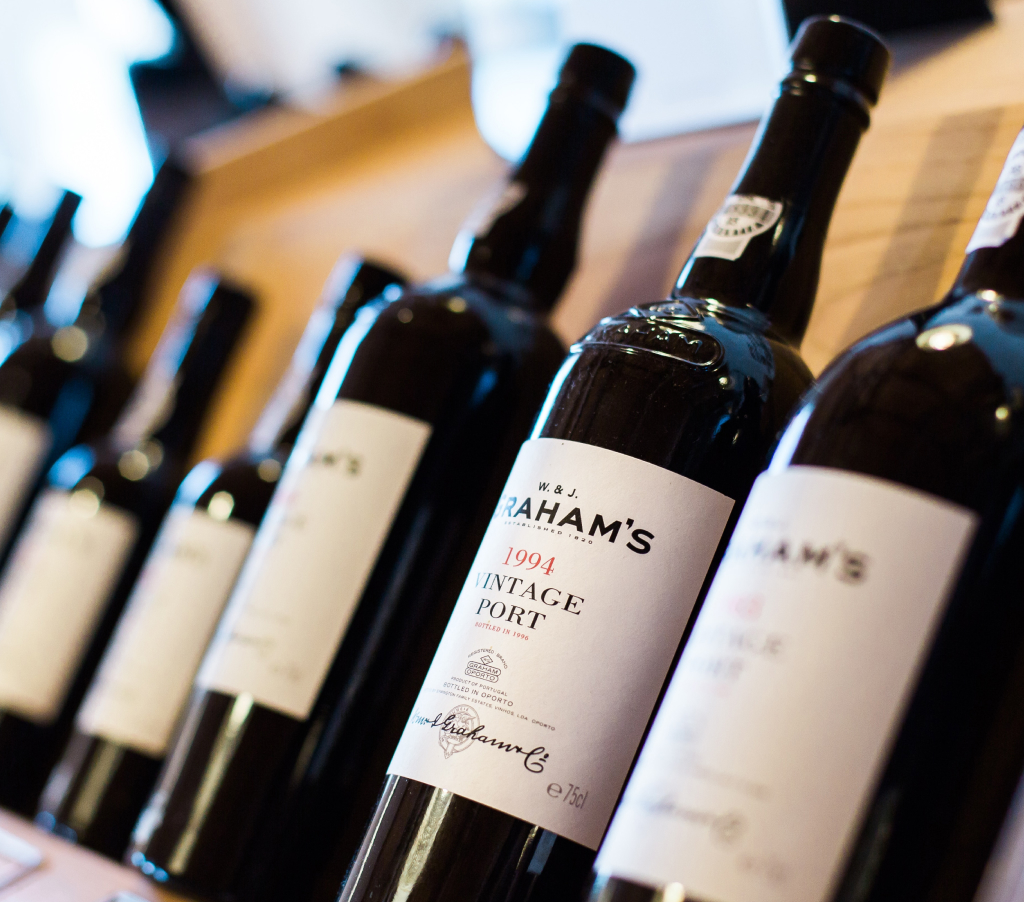
Delving Into the Diversity of Wines

Wine 101
Part 3. Wine Made from Rotten Grapes? Delving Into the Diversity of Wines
Columnist
KIM MINU Innisfree GTM Team

In our previous columns, we ventured into the rudimentary processes of wine fermentation and the distinctive characteristics of continental wines. If you've accompanied us through the first two chapters, you've likely progressed beyond the simplistic dichotomy of “delicious” and “not delicious” when describing wine. Today, we narrow our focus further, aiming to familiarize ourselves with the types of wines that have evolved due to regional influences or the deliberate intentions of winemakers. If you've kept pace with our previous writings, this journey should come as a seamless continuation. Let us embark.
Beauty in the Bottle:
Rosé and Orange Wines
There are certain wines whose beauty is immediately apparent, even to the uninitiated. Rosé and orange wines hold that allure. Many erroneously believe that these wines are simply a blend of reds and whites, owing to their unique colors. While not entirely off-mark, most are crafted through distinct methods. Excluding cheaper sparkling wines, rosé wines seldom arise from this blending approach. So, what's the genesis of these shades? Succinctly, think of it as an “interrupted red wine.”
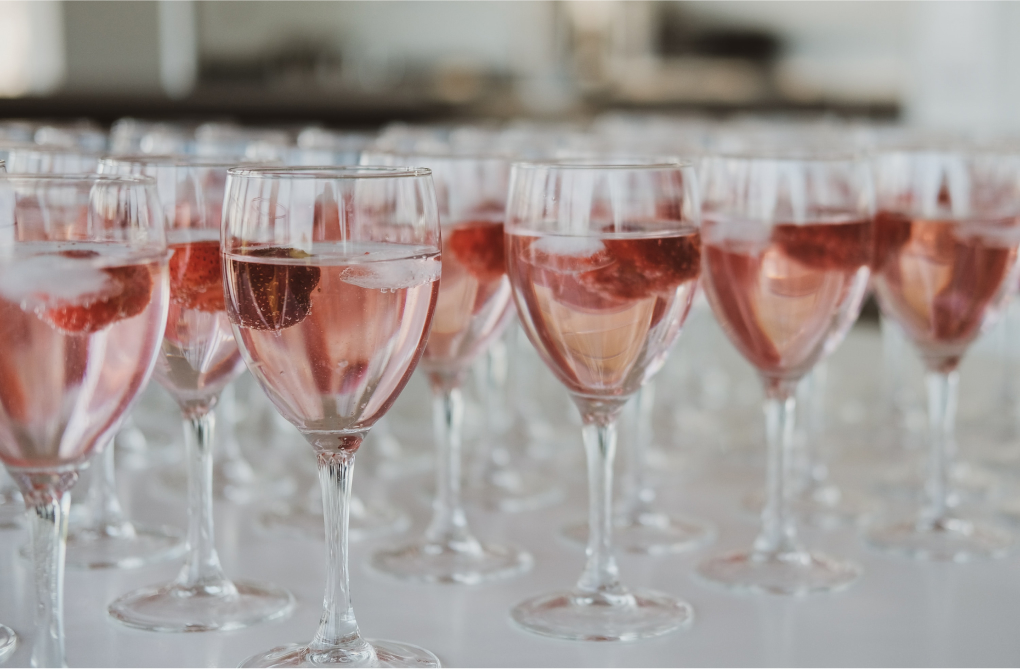
Source : Unsplash
Recollect the fermentation process we explored in Part 1, and the concept becomes lucid. The key lies in minimizing the ‘maceration’ phase – where the wine draws its rich color and tannins from prolonged contact with grape skins. Having had brief contact with dark grape skins, a red wine fades into the lighter hue that defines rosé. What if white wine, made from green grapes, maintains prolonged skin contact? Picture the aged shade of long-stored green grapes, and the answer becomes clear: a captivating orange wine emerges.
The nature of rosé wines varies with the vintner. They often lean towards lighter red wines yet possess a brighter and zestier taste profile. Accessibly priced New World rosés, with their pronounced sweetness and fruity aroma, have found fervent admirers, especially among wine neophytes and women. Orange wines, in contrast, deviate from typical whites; they can be noted for their astringent or slightly bitter undertones and often boast robust flavors. As explained earlier, these attributes stem from the tannins released from prolonged skin contact, and one can infer that the more profound the hue, the more pronounced these traits. Another notable characteristic of orange wines? They, like reds, can be aged to perfection.
Seeking Intoxication Today?
Might I Suggest Port Wine?
If you are a wine aficionado, you've undoubtedly encountered the term ‘port wine’ at least once in your musings. To be precise, port wine is a subset of ‘fortified wines.’ The term isn’t a categorical distinction but rather a regional designation. Depending on the place of origin, fortified wines are known by various names. Port wine, produced in Portugal, has become so popular that its name is now used almost as a proper noun in its own right. Spain offers sherry, France boasts vin doux naturel, and Italy presents Marsala — all of which fall under the category of fortified wines. As we've come to recognize that wines can endlessly differentiate, it might be worth your while to remember these names. Today, let's narrow our focus to two significant fortified wines: Portugal's port and Spain's sherry.
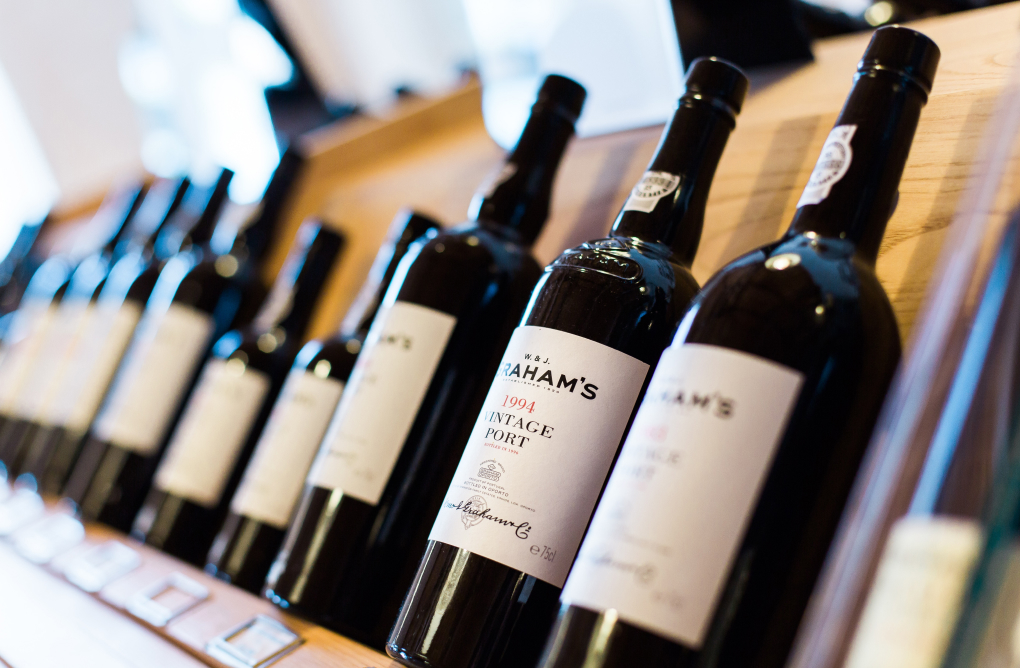
Source : Unsplash
The tradition of fortified wines stems from when wines destined for export traveled by ship. To prevent the wines from spoiling during the lengthy transportation, brandy was added. Central to the wine-making process is alcohol fermentation — a procedure wherein the sugar in grapes is broken down to produce alcohol. Introducing high-proof brandy during this fermentation halts the process because the yeast can no longer survive. This leaves a significant amount of sugar in the wine, and the high alcohol content from the brandy remains. This results in the sweet yet high-alcohol port wines we are familiar with. But what about sherry? In the case of sherry, brandy is added after alcohol fermentation. Since the brandy is introduced after all the sugar has been converted to alcohol, there's less residual sugar in sherry compared to port. The end product? A sherry that is high in alcohol but not sweet. The common perception that port is sweet and sherry is dry now makes more sense.
From the subheading, you've surmised that I recommend fortified wines if you aim for a pleasant buzz. This is primarily because of their high alcohol content, often up to 20%. The high alcohol content also ensures that these wines can be easily stored, allowing them to mature in the bottle for extended periods. Taking port wine as an example, there’s the ruby port aged for 2-3 years, the tawny port, which can be aged for 10, 20, 30, or even 40 years, and the vintage port crafted exclusively from grapes of excellent harvest years. Among tawny ports, some have been aged for over 100 years, but as you can imagine, they come with a hefty price tag. They're the kind of wines one dreams of tasting someday.
Rotted, Dried, or Frozen:
The Realm of Dessert Wines
Enter the ‘noble rot’ wine — literally translated, a ‘noble rotten wine.’ While the name may initially repulse, this dessert wine garners lavish praise from enthusiasts worldwide. A perhaps unfamiliar name to many, but for the Koreans who relish fermented foods and aged delicacies, this might be another world worth exploring.
The ‘rot’ in noble rot wine doesn't refer to the wine itself but to the grapes from which it's made. These grapes, covered with a fungus, serve as the primary ingredient. This unique flavor and high sugar content stem from the grey fungus named Botrytis Cinerea. This fungus punctures the grape skins, allowing moisture to evaporate concentrating the sugars within. To qualify for noble rot wine, these grapes first need to ripen correctly, then enjoy a moist environment to encourage the fungus, followed by dry, sunny conditions that cause them to shrivel. The grapes will rot if it's merely wet, often leading to a total loss. Even within a single bunch of grapes, the extent to which each grape is affected by the fungus varies, necessitating selection on a grape-by-grape basis. Reportedly, only 10-20% of these grapes eventually make the cut. It's no wonder that noble rot wines command such a premium price.
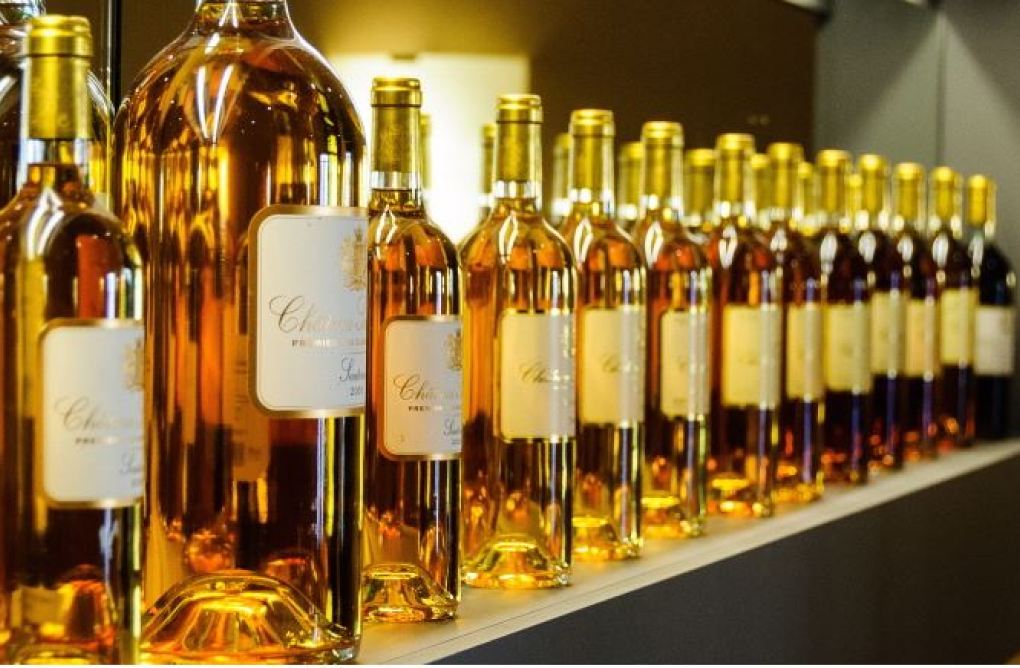
Source : wine21
The previously discussed noble rot wine is a sweet, flavorful beverage made from grapes with concentrated sugars. There are various methods to produce dessert wines, but the essence lies in concentrating the sugars in grapes. For instance, Italy's ‘Amarone’ is made from dried grapes, and Germany's ‘Eiswein’ or ‘Ice Wine’ is crafted by repeatedly freezing and thawing grapes, removing frozen water content and concentrating the sugars. These wines aren't merely sweet; they encompass the grapes' natural acidity and the unique flavors derived from their production methods. As such, even those who usually steer clear of sweet beverages can often be seen savoring these wines with evident delight.
The Trust Derived Solely from a Name: Champagne
When it comes to the types of wine, an indispensable category is the ‘sparkling wine’ that I'm introducing today. At this heart is the ‘Champagne,’ undoubtedly the star. Champagne refers to sparkling wine crafted following tradition in the Champagne region of France. Even if produced similarly, if it originates from another region, legally, it cannot bear the name ‘Champagne.’ Sparkling wines produced outside the Champagne region in France are called ‘Crémant.’ In Italy, they're known as ‘Spumante,’ and in Spain, they're termed ‘Cava.’
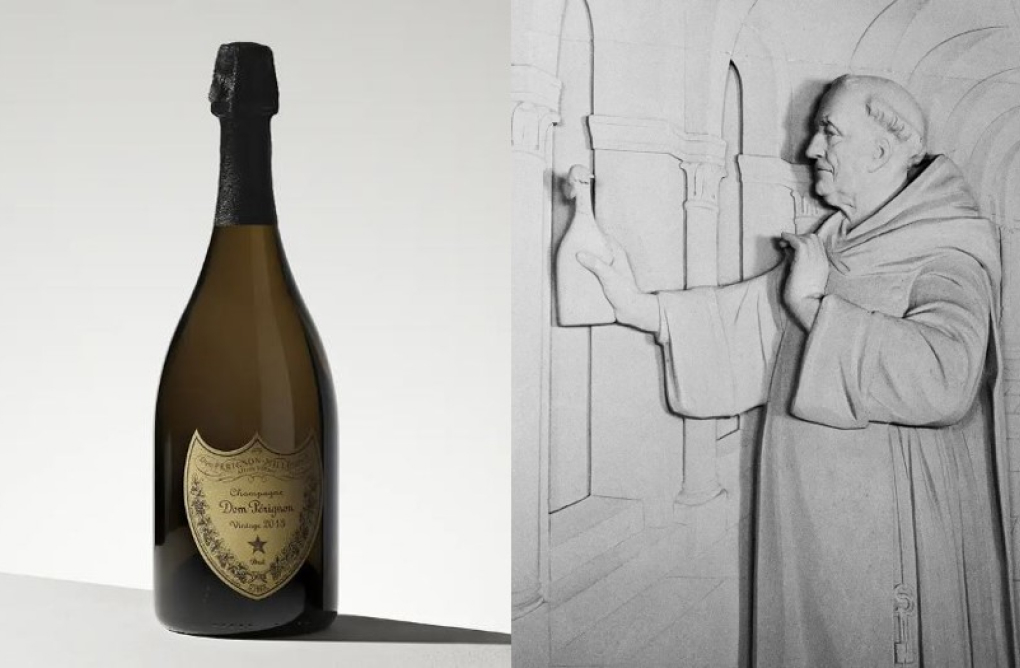
Source : Official website
There are various methods to produce sparkling wine. The most iconic is Champagne, which undergoes secondary fermentation inside the bottle, yielding a rich, yeasty flavor. However, this method isn't conducive to mass production and requires significant labor. Therefore, alternative methods like fermenting in large tanks or injecting carbon dioxide into already produced wine are utilized. Regardless of how it's made, as long as there's carbonation, it can be labeled sparkling wine. However, the prestige of Champagne can't be achieved through more straightforward means.
The beginning of Champagne brewing mirrors that of regular wines. Grape juice undergoes primary fermentation to produce an alcohol. Once the still wine is ready, additional sugar and yeast are introduced to trigger secondary fermentation inside the bottle. As fermentation occurs in this sealed environment, the gases produced dissolve into the wine, resulting in the sparkling wine we're familiar with. While carbon dioxide can be directly injected into wine, creating a quicker sparkling wine, this process can't replicate the nuanced flavors from yeast. Once you experience Champagne's signature bready, biscuity notes, a mere fruity sparkling wine might seem a tad lackluster.
What seems like a simple ‘secondary bottle fermentation’ was once daunting. Bottles and their caps couldn't withstand the pressure from carbon dioxide, leading to frequent explosions. The monk ‘Dom Pérignon’ resolved this issue. He introduced thicker, sturdier wine bottles, utilized cork stoppers, and secured them with wire to prevent them from popping off. Today, his legacy is immortalized by LVMH Group's premier sparkling wine brand ‘Dom Pérignon.’ A branding move that could be seen as timeless storytelling within the wine industry.
Finding One's Wine Preference, the Wine MBTI
I've penned three columns up to this point. We commenced with wine brewing methods, compared New and Old World wines, and today delved into more profound, categorizing wines. Through these three parts, I've imparted a myriad of details. Yet, I believe there's no absolute knowledge requisite to enjoy wine. Even the most expensive and revered wine can be consumed casually, much like a beer, if desired. As MBTI can roughly estimate one's character, the information I've shared might help represent one's wine preference, even in broad strokes. How about discussing wine preferences with a colleague today? Lately, I've been partial to Riesling and Gewürztraminer white wines from the Alsace region of France. They're refreshing, aromatic, and just right for the season. I hope that someday, readers of this article and I can share our tastes. With that, I conclude my third column. Thank you.
-
Like
4 -
Recommend
1 -
Thumbs up
1 -
Supporting
0 -
Want follow-up article
0




